As a work built by the French very early, Saigon Independence Palace has a unique architecture and was once considered the most beautiful villa in Asia. This place is considered a symbol of peace and the territorial integrity of Vietnam after the victory in 1975, Liberation of the South – reunification of the country.
With important historical significance, Independence Palace Historic Site is one of 10 special national monuments according to Decision No. 1272/QD-TTg.
The following article will introduce you to the history and attractions at Saigon Independence Palace .
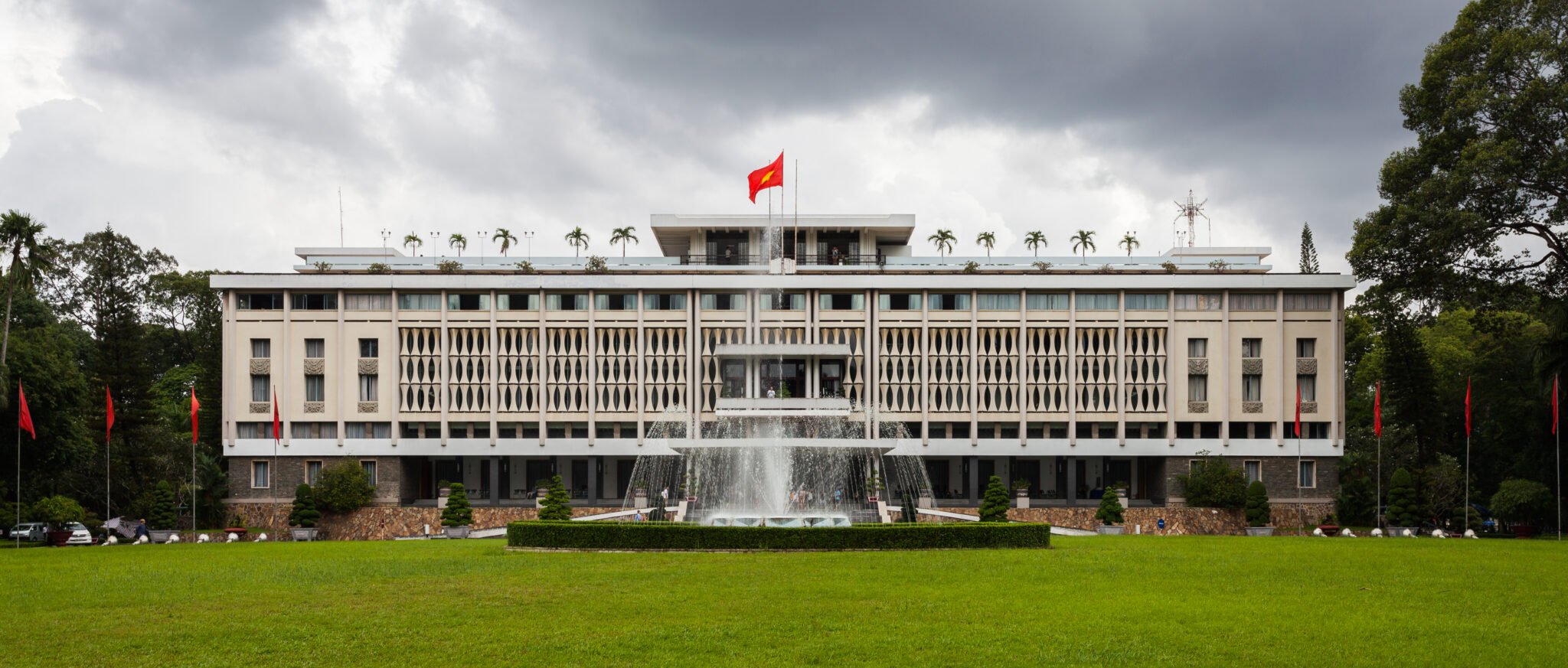
Table of Contents
General introduction about Independence Palace
Where is the Independence Palace?
Also known by many names such as: Reunification Palace, Governor’s Palace, Governor’s Palace, Reunification Hall, Norodom Palace, Independence Palace designed by architect Ngo Viet Thu. This used to be the residence and working place of the President of the Republic of Vietnam regime.
Independence Palace is located at 135 Nam Ky Khoi Nghia, District 1, HCMC. The back of the Independence Palace is Huyen Tran Cong Chua street, the left side is Nguyen Thi Minh Khai street and the right side is Nguyen Du street.
- See more: Ho Chi Minh Car Rental
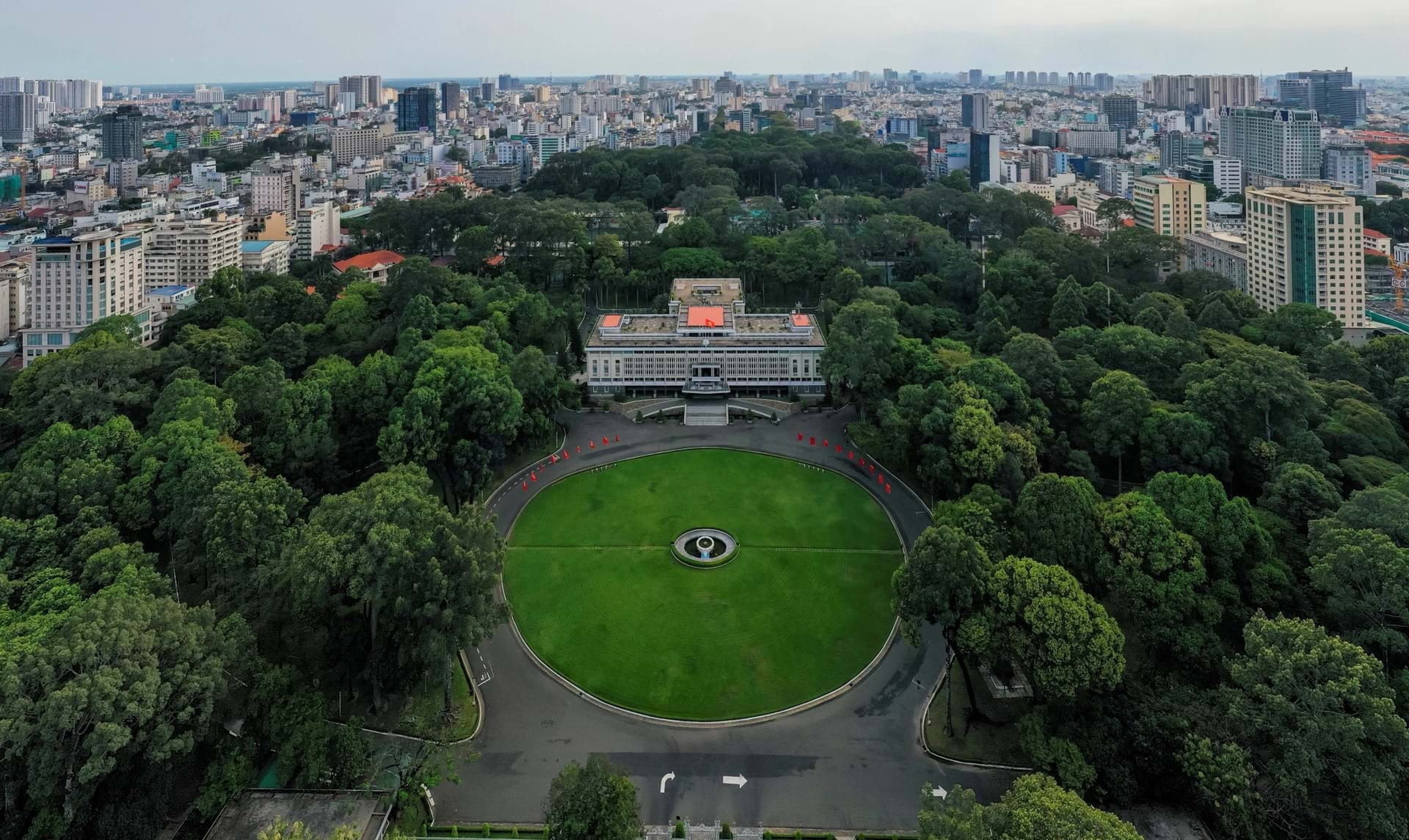
Moving Guide
Located in the center of Saigon, moving to the Independence Palace you will have many options: Personal vehicles such as cars, motorbikes or buses (001, 002, 03, 04, 05).
Opening time of the Independence Palace
The Palace is open to visitors on all days of the week, including holidays and Tet (except for important occasions). Visiting hours in the morning from 1:30 am to 11:30 am, in the afternoon from 1 pm to 5 pm. If you intend to visit, please arrange a reasonable time.
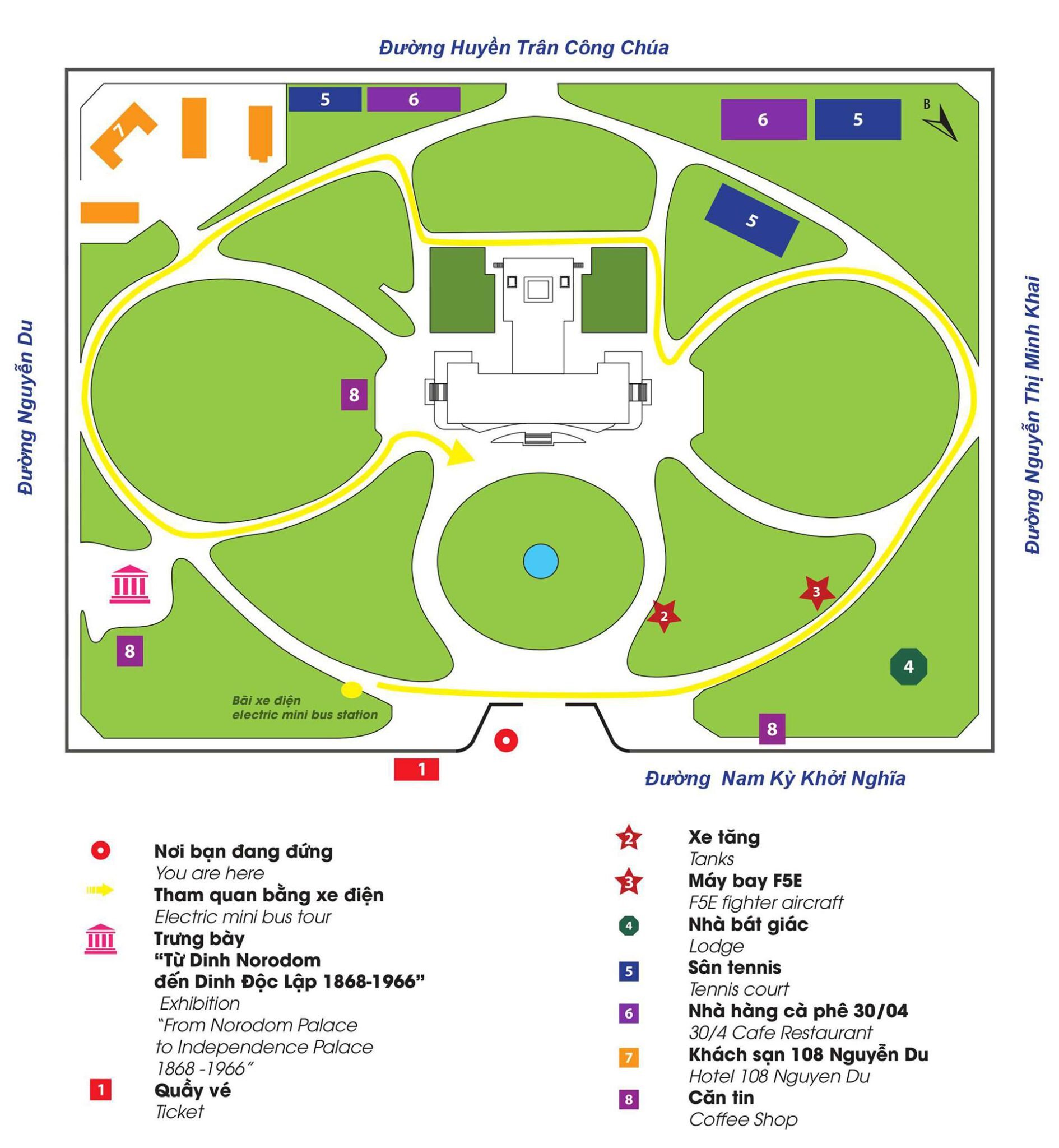
Is the Independence Palace currently open?
Due to the complicated developments of the COVID-19 epidemic, the Palace will temporarily stop welcoming guests from May 28, 2021. Time to reopen, you can refer to the website: https://dinhdoclap.gov.vn/
Ticket price to visit the Independence Palace
Ho Chi Minh City’s Independence Palace has an entrance fee through the form of ticket sales, the ticketing time is from 7:30 a.m. to 11:30 a.m. (morning) and from 1 p.m. to 4 p.m. (afternoon). Specifically:
| INDEPENDENT DINH TICKET TICKET PRICE | |||
| STT | TYPE OF TICKET | SUBJECT | INTO MONEY |
| 1 | Tickets to visit the Independence Palace | Adults | 40,000 VND/person |
| Student | 20,000 VND/student | ||
| Children | 10,000 VND/child | ||
| 2 | Tickets to the Exhibition “From Norodom Palace to Independence Palace” | Adults | 65,000 VND/person |
| Student | 45,000 VND/person | ||
| Children | 15,000 VND/person | ||
History of Independence Palace
In 1867 – 1868, after occupying 6 provinces of Cochinchina, Governor Lagrandiere laid the first stone to start the construction of the Cochinchine Governor’s Palace in Saigon according to the project sketched by the architect Hermite. and named the palace Norodom.
In the period 1871 – 1887, the palace was for the Governor of Cochinchina, so it was called the Governor’s Palace. From 1887 to 1945, high-ranking French colonial officials used this place to work and took the name Governor’s Palace.
In March 1945, Japan overthrew France, the Palace became the residence and working place of the Japanese government, but in September 1945 Japan failed, the Palace was owned by the French. After that, the French returned the Palace to Ngo Dinh Diem’s government.
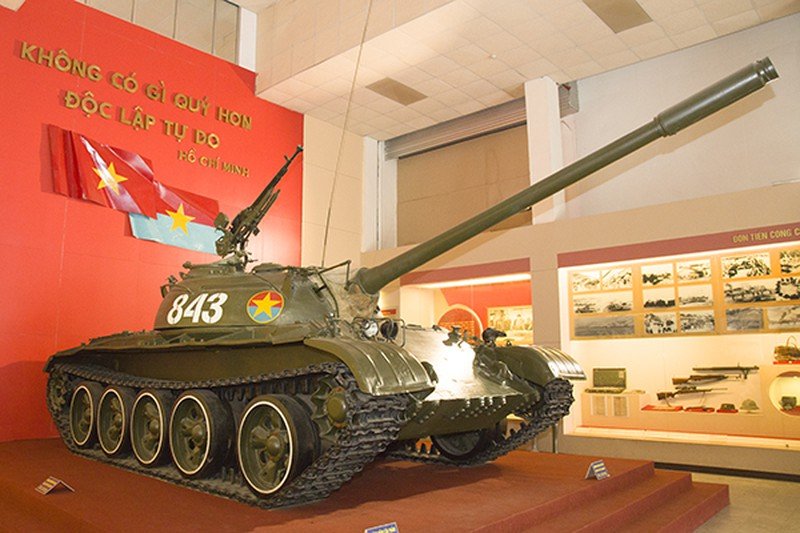
In 1955, the Palace was renamed the Independence Palace. Since then, it became the residence of the President of the former regime – the Republic of Vietnam.
In 1962, the Palace was destroyed by bombs and could not be restored, so Ngo Dinh Diem decided to build a completely new one designed by architect Ngo Viet Thu and inaugurated in 1966.
In April 1975, the Independence Palace once again became the witness of the spring 1975 attack and uprising. And when the flag of the National Front for the Liberation of South Vietnam fluttered on the roof of the Palace, it was also the time when Vietnam was completely reunified, ending more than 20 years of dividing the North and South, marking the complete collapse of the puppet regime established by the US imperialists.
In 1976, Independence Palace was recognized as a national historical relic, and was honored as one of the 10 special national monuments of Vietnam (in 2009).
Attractions when coming to the Independence Palace
Fixed area
The fixed area of the Independence Palace has more than 100 rooms decorated in different styles, including the offices of the President – Vice President, the cabinet room, the great saddle room, the reception room, the committee room. office, the room to present the credentials, the communication room, the bedroom of the President’s family… Highlights include:
- Khanh Tiet Room can accommodate up to 500 people – where meetings and receptions take place;
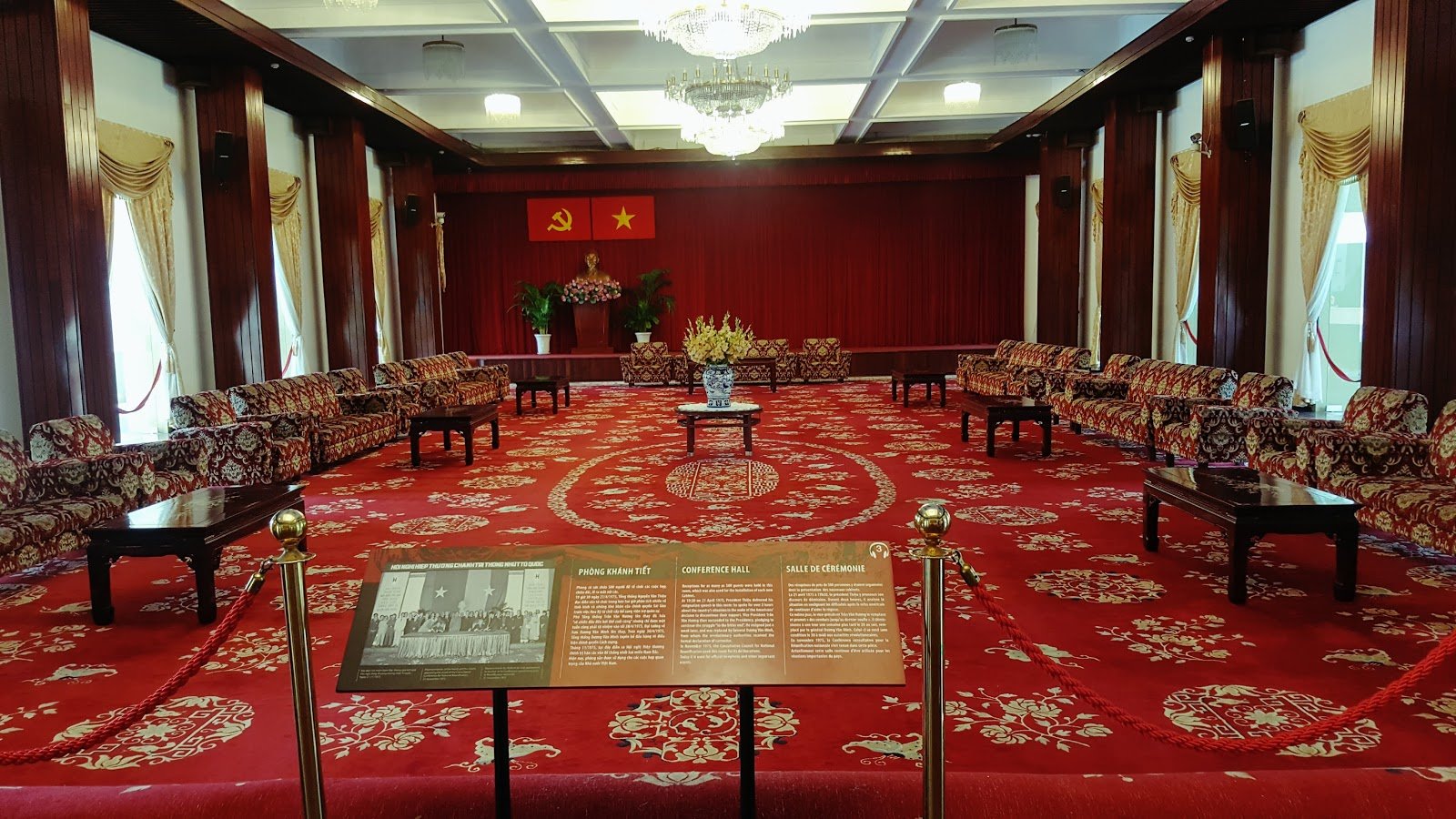
- Cabinet Room – where important meetings take place
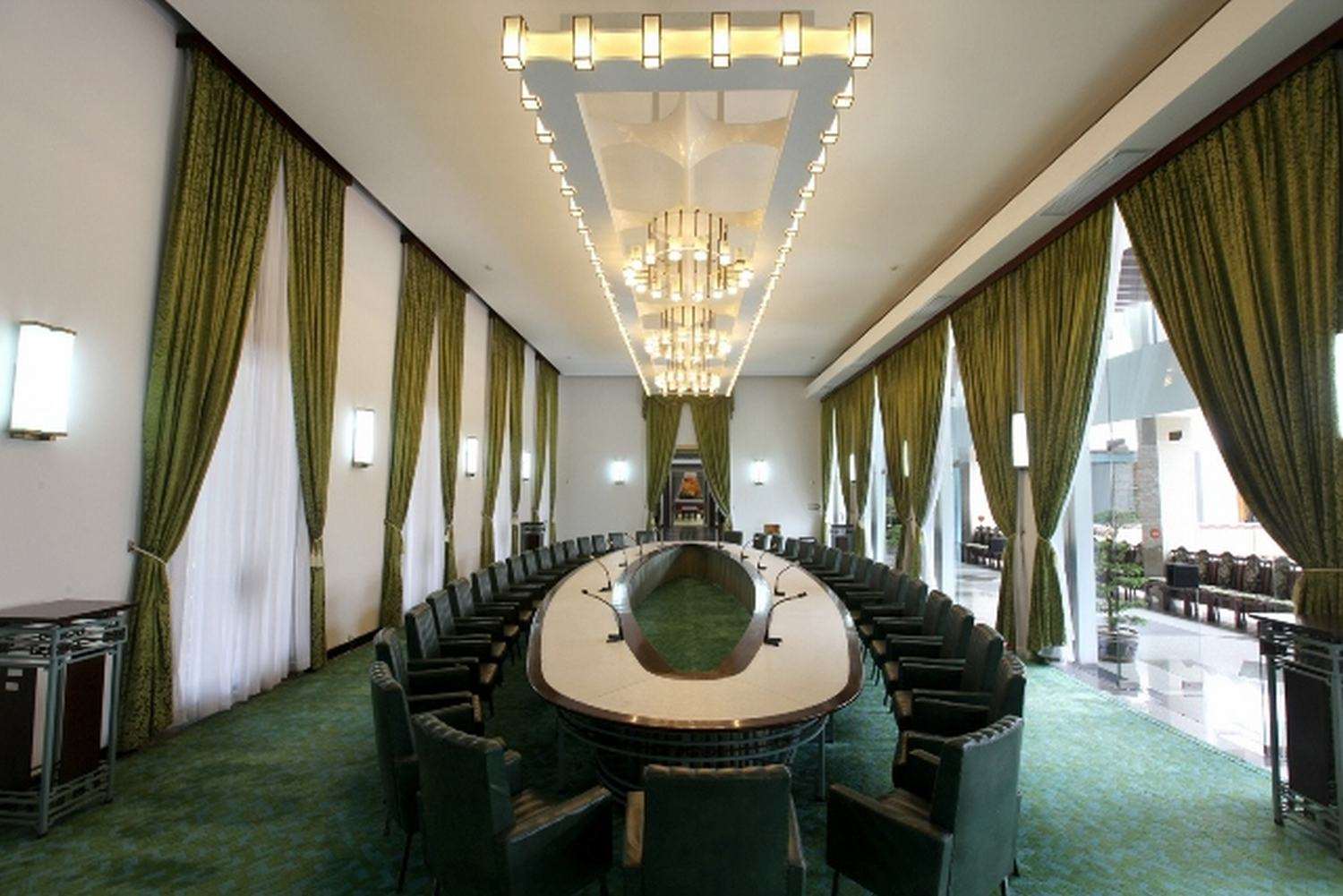
- Operational staff room – reception room for military information from 4 regions.
- The residence of the President’s family: The person with the longest life is Nguyen Van Thieu (from October 1967 to April 21, 1975).
- Library in the Independence Palace: This place includes many bookcases containing many books and research materials of the Presidents of the former Republic of Vietnam regime.
- Operational Staff Room: This is the reception room for military information from 4 tactical zones.
- Basement: The basement is full of communication rooms, printing rooms … to ensure the issuance of the President’s orders to the outside.
Thematic area
This venue exhibits topics such as: Paris Agreement, Ho Chi Minh campaign through reserve documents; Ho Chi Minh Road through documents of the Saigon government; Photo exhibitions…
When you visit, you will not only see vivid pictures of the past, but also learn more about the hidden history that is not available in books.
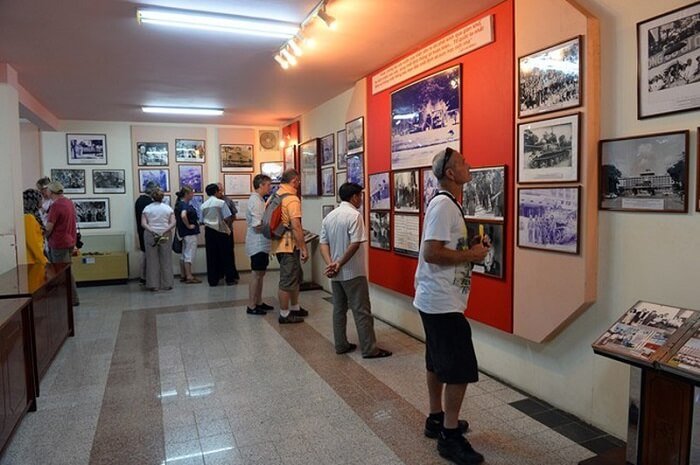
In particular, the exhibition area “from Norodom Palace to Independence Palace 1868 – 1966” is also a place to simulate the process of formation, construction and important milestones taking place in the Palace.

Additional area
A gallery of photographs found and later collected, the Additional Area contains photographs kept by residents from the resistance wars to independence.
Valuable historical artifacts
Many historical artifacts are “evidence” for the periods kept at the Independence Palace. On the roof of the Palace is a UH-1 helicopter belonging to Nguyen Van Thieu, next to it are two bombs dropped by pilot Nguyen Thanh Trung.
Along with that is a Mercedes Benz 200 W110 with a German license plate VN-13-78, a Jeep M152A2 used to carry the last President of the Republic of Vietnam – Duong Van Minh to the exclusive Saigon radio station. declaration of surrender (April 30, 1975) and other artifacts such as 390 tanks, 843 tanks, F5E fighters… The UH-1 helicopter of President Nguyen Van Thieu.
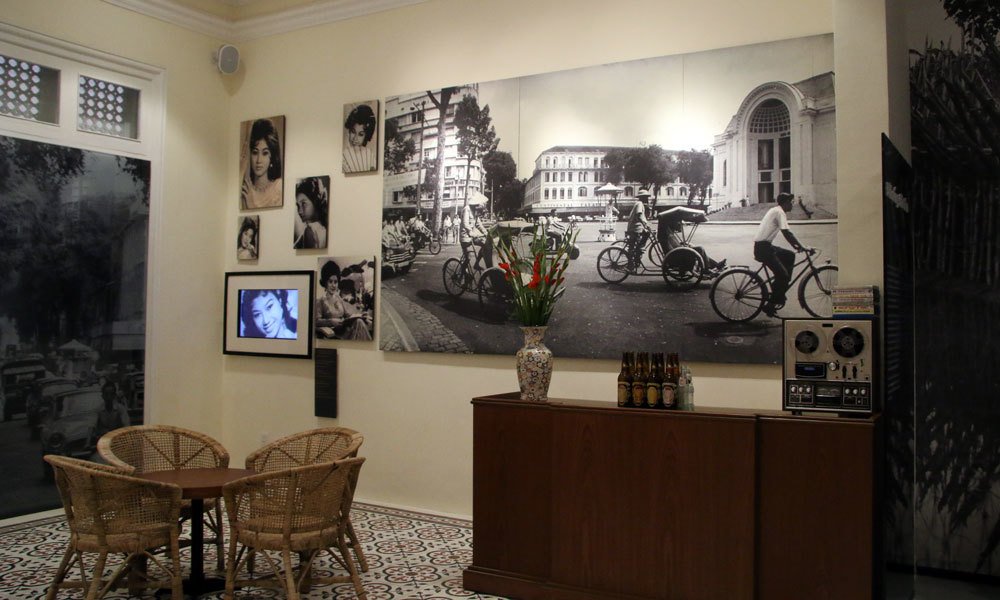
Besides, visiting the Independence Palace, visitors can admire works of art such as: An oil painting depicting a Vietnamese village scene by Ngo Viet Thu, a painting of sisters Thuy Kieu and Thuy Van meeting. Kim Trong on the Qingming New Year’s Day,…
Attractions near Independence Palace
Located in the city center, near the Independence Palace, there are also attractions visitors should not miss when visiting Saigon, including:
- War Remnants Museum
- Saigon Notre-Dame Basilica
- Ho chi minh museum
- Nguyen Hue Walking Street…
Note when visiting
- Dress politely, do not wear clothes that are too short, revealing.
- Do not bring luggage, food and drink, animals, weapons and explosives inside
- Visitors are responsible for any actions that cause damage to the monument.
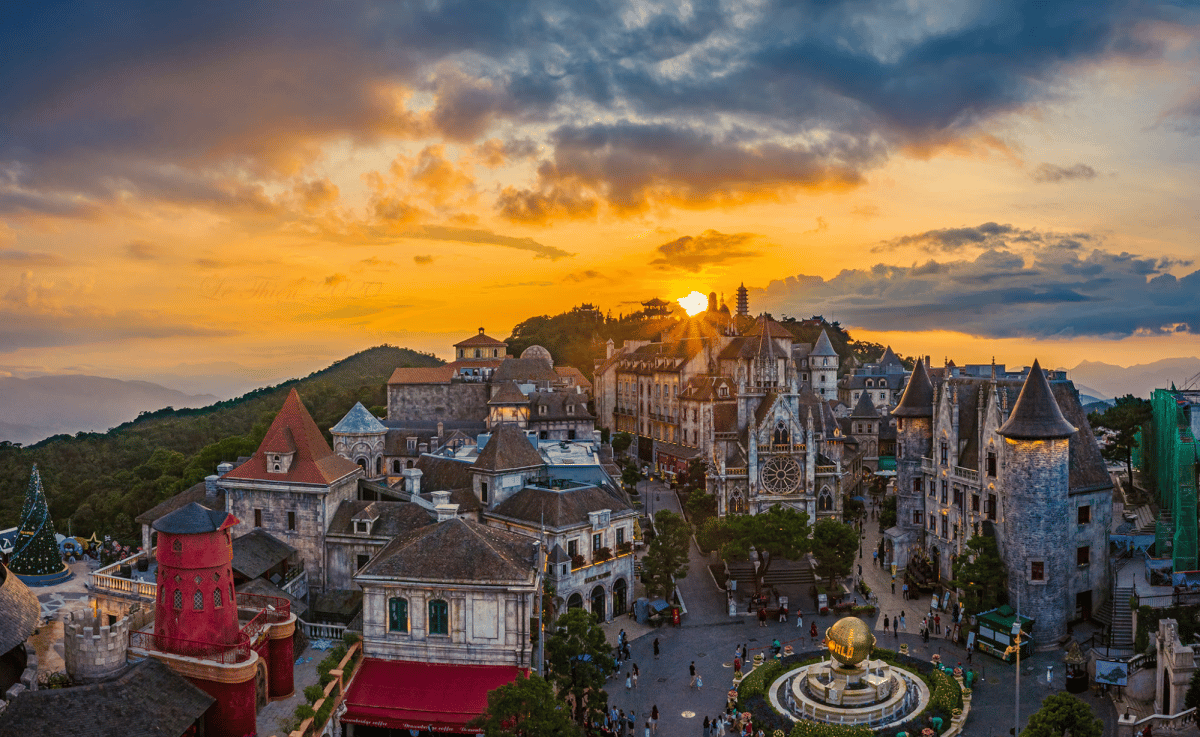

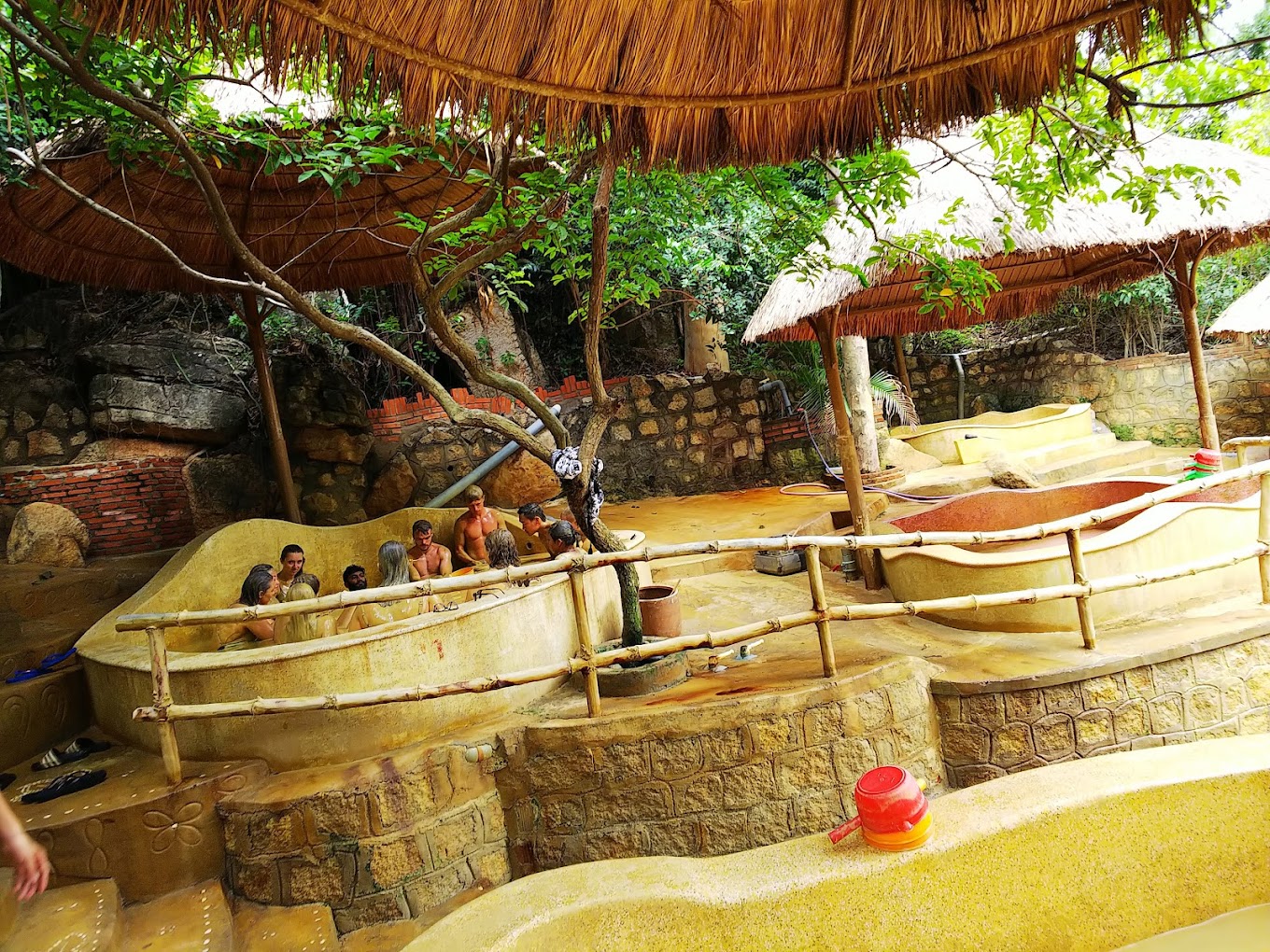
[…] the tourist map of Saigon, do not miss the location of the Independence Palace – where many documents are displayed, exhibition activities take place, and evidences are […]
[…] Independence Palace is also a famous tourist attraction in Ho Chi Minh City. It is closely associated with the historical and cultural achievements of the nation, preserved through the resistance against the United States to save the country. […]
[…] is closely associated with the historical milestones of the French political machinery in Saigon. Independence Palace is a popular destination for many tourists when they come to Ho Chi Minh City to admire the unique […]
[…] first mentioned site is the Independence Palace, also known as the Reunification Palace – a witness to the historical transition between two […]